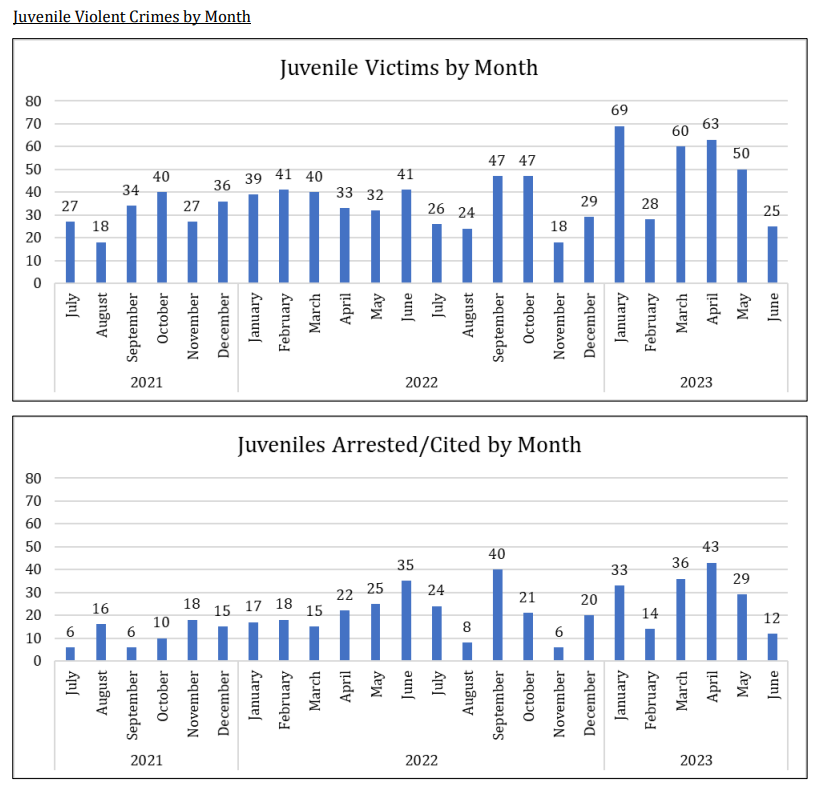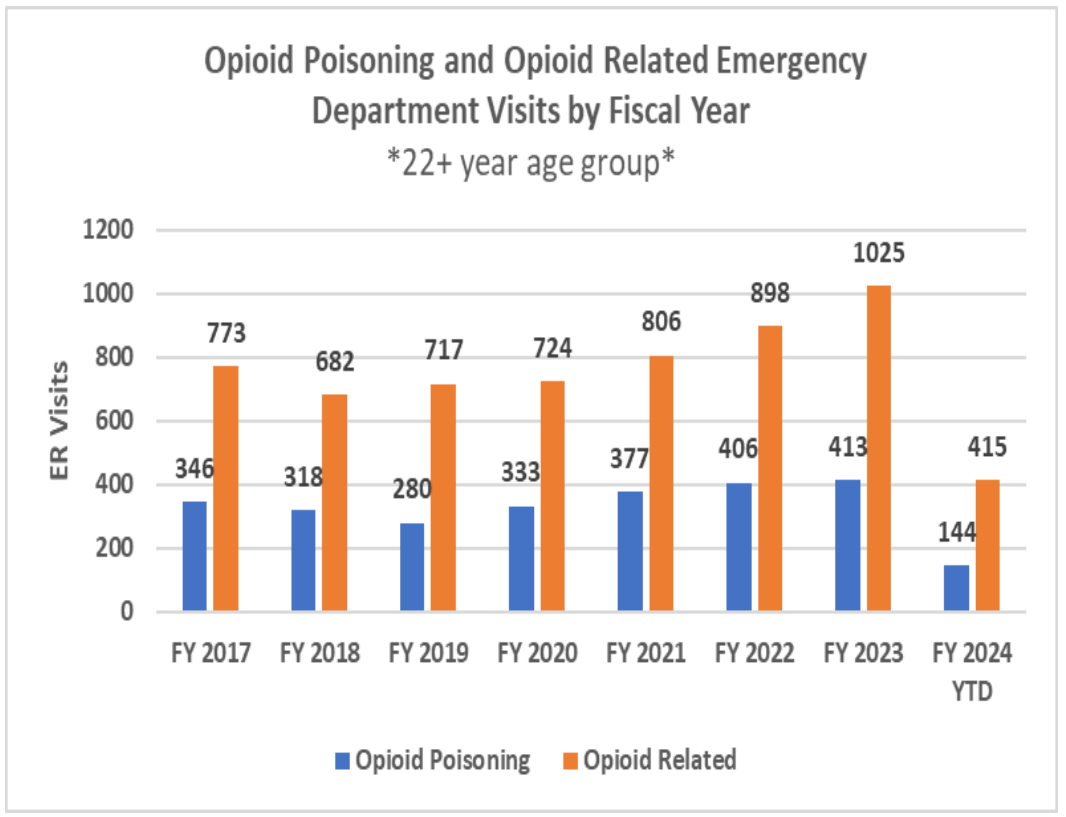By Adam Pagnucco.
Last month, I wrote about data showing sharp increases in juvenile crime since the pandemic ended. That data along with pushback from prosecutors around the state has led to a debate about the impact of new state laws limiting arrests and interrogation of minors. Now the Montgomery County Police Department (MCPD) has sent new data to the county council showing more dramatic increases in crime affecting juveniles. Let’s summarize it in two ways:
In the last year, violent crimes committed by juveniles have risen sharply.
Also in the last year, violent crimes committed against juveniles have risen sharply.
Here are a few extracts of MCPD data from the council packet prepared for the Health and Human Services, Education and Culture and Public Safety committees. Juveniles are defined as anyone who is age 17 or younger. Violent crimes include homicides, rapes, robberies, aggravated assaults and weapons offenses. Takoma Park, which has its own full-service police department, is excluded.
1. From FY22 to FY23, the number of juveniles arrested for violent crimes has risen from 92 to 395, an increase of 329%.
2. From FY22 to FY23, the number of juvenile violent crime suspects has risen from 150 to 417, an increase of 178%.
3. From FY22 to FY23, the number of juvenile violent crime victims has risen from 215 to 679, an increase of 216%.
4. The two charts below show the numbers of violent crime juvenile arrestees and victims in the last two fiscal years. Notice the recent spikes.

5. Ten zip codes accounted for two-thirds of all locations where juveniles were violent crime victims in FY22-23. They are 20906 (Aspen Hill), 20874 (Germantown), 20877 (Gaithersburg), 20902 (Wheaton), 20910 (Downtown Silver Spring), 20904 (Colesville), 20901 (Four Corners-East Silver Spring), 20886 (Burtonsville), 20903 (East Silver Spring) and 20850 (Rockville).
Additionally, the Maryland Department of Health reported a huge spike in opioid-related emergency room visits by MoCo residents ages 10-21 in FY23. That spike far exceeds the increase in opioid ER visits by older residents. Annual visits are shown for both age groups in the charts below.


So let’s be clear. There have been soaring increases in juvenile violent crimes, both committed by juveniles and committed against juveniles, as well as in juvenile opioid ER visits in the wake of the passage of new state laws restricting arrests and interrogations of juveniles. That does not prove that these new laws caused the crime spikes, but the correlation is significant.
Let the debates proceed.
